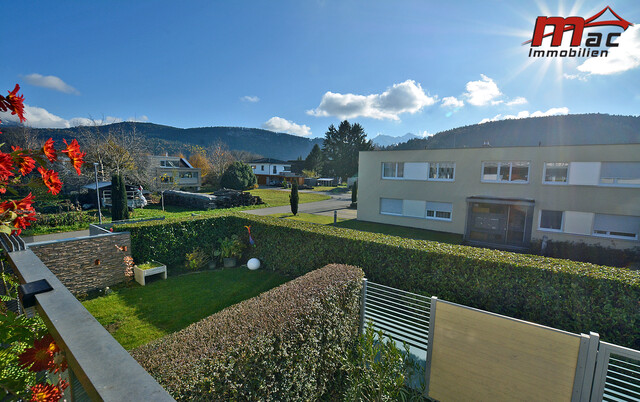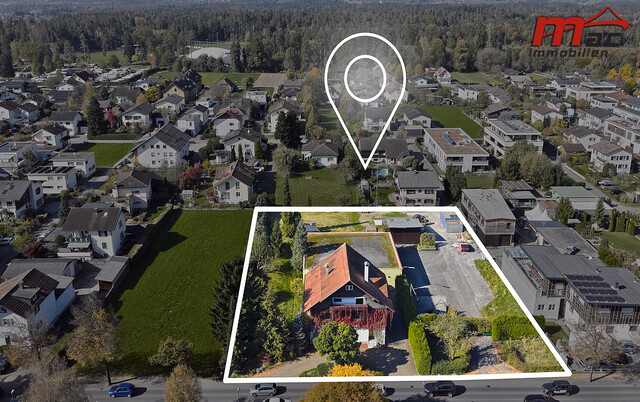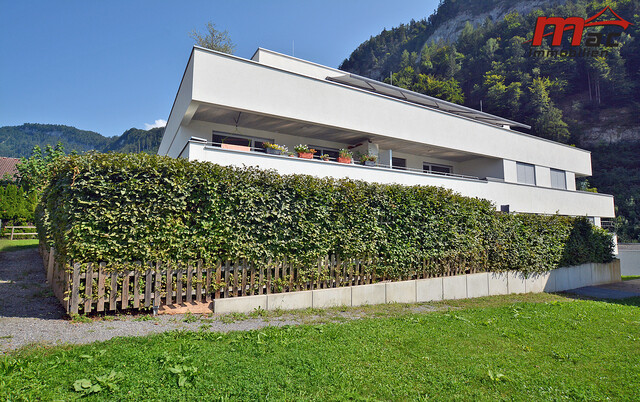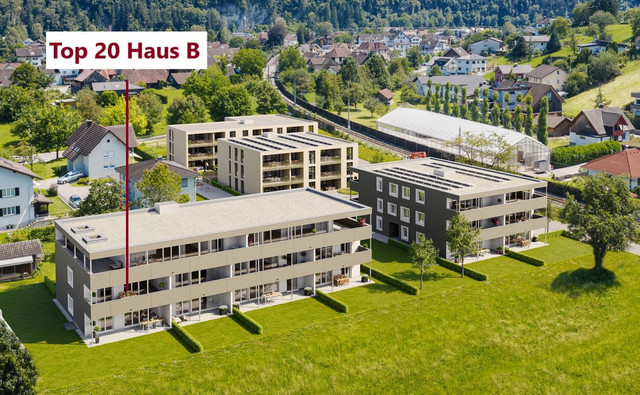Wildfires Become Twice as Frequent: Search for Strategies
At IIASA in Laxenburg near Vienna, the protagonists of the multi-year project met yesterday, Tuesday - in addition to IIASA, these include several participating institutes of the University of Natural Resources and Life Sciences (Boku) and the Federal Research and Training Centre for Forests, Natural Hazards and Landscape (BFW) - among others, with representatives from the Ministry of Agriculture, the Austrian Federal Forests (ÖBF), authorities and tourism associations, as well as foresters. "Everyone is interested" in a collaborative approach to the increasingly pressing issue in our regions, said Kraxner ahead of the meeting.
Majority of Fires Caused by Humans
Austria follows the European trend towards more frequent and intense wildfires. Especially in recent years, there have been increasingly large-scale fires in Carinthia, Styria, Tyrol, and also in Lower Austria. On average, there are around 200 "noteworthy" such fires nationwide each year. Their increase is favored by climate change, with, among other things, drier summers and winters with less snow, as well as changes in land use and increasing human activities in forested areas. After all, 85 percent of the fires in this country are due to human activities, lightning plays a significantly lesser role, explained Kraxner, who, with a team led by Andrey Krasovskiy, is searching for future wildfire hotspots using sophisticated simulations.
The topic was brought back to the minds of many Austrians by the large forest fire in Hirschwang in the market town of Reichenau an der Rax (Lower Austria) in the fall of 2021, with around 120 hectares of forest burned. Last year, for example, there were fires in Wildalpen (Styria) and in the Gänserndorf area (Lower Austria) with sizes of 90 and 30 hectares, respectively. These are already "extreme fires" for our regions, said Kraxner. The estimation of such events is being worked on with a self-developed model called "FLAM". This calculates the probability of fire, the potential spread, intensity, and the emissions of pollutants from the fires under various climate scenarios. All this takes into account the regional population development and forest management forms for the coming decades.
Forest Visitors Want Information, But Prefer No Closures
In the AFF project funded by the Climate and Energy Fund, the focus was primarily on the interface between forest and humans in the increasingly warming Alpine region. A key area of focus is the Rax and Schneeberg region, where researchers from Boku also surveyed around 1,000 recreational visitors in 2023. In this area, relatively close to Vienna, many people are often on the move. According to the study, awareness of the danger of forest fires definitely has room for improvement.
About one-third of respondents feel inadequately informed. A majority stated that they adhere to rules, such as refraining from smoking in the forest during dry periods. Many people are generally aware of behaviors that increase the risk of fire, and many also reported feeling a kind of pain when forests burn. While acceptance for information signs about dangers and risks or for penalties for rule violations is quite high, measures such as temporarily closing hiking trails for fire prevention and personal protection are viewed much more critically, explained Kraxner. A broad understanding, like that which exists for avalanche danger in ski areas, is still not well established.
Learning to Handle Fire
In terms of raising awareness among forest visitors, there is still work to be done. To some extent, parts of the population in Austria also lack a kind of "connection with fire" and experience with campfires and properly extinguishing them. In times of increasing forest fire danger, there is also a need for opportunities to learn how to handle fire. Volunteer fire departments play an important role here, as they will increasingly need to prepare for forest fires and are already doing so to some extent, the researcher noted.
From the scientific side, efforts would be made to listen to as many voices as possible and to conduct a broader discussion around the growing issue with as many affected parties as possible. The AFF project is "a beginning" in this regard, said Kraxner.
(APA/Red.)
This article has been automatically translated, read the original article here.
Du hast einen Hinweis für uns? Oder einen Insider-Tipp, was bei dir in der Gegend gerade passiert? Dann melde dich bei uns, damit wir darüber berichten können.
Wir gehen allen Hinweisen nach, die wir erhalten. Und damit wir schon einen Vorgeschmack und einen guten Überblick bekommen, freuen wir uns über Fotos, Videos oder Texte. Einfach das Formular unten ausfüllen und schon landet dein Tipp bei uns in der Redaktion.
Alternativ kannst du uns direkt über WhatsApp kontaktieren: Zum WhatsApp Chat
Herzlichen Dank für deine Zusendung.








